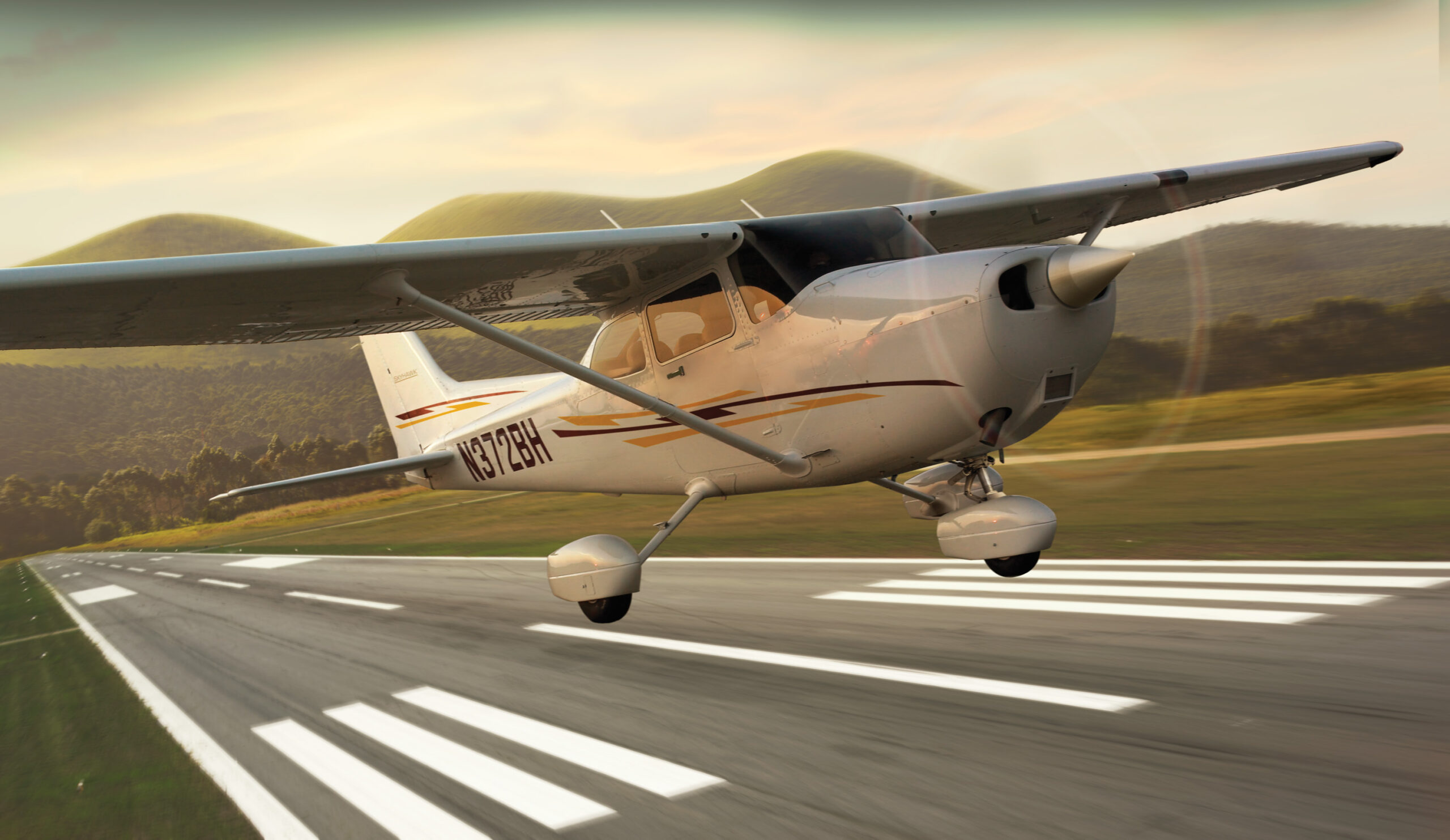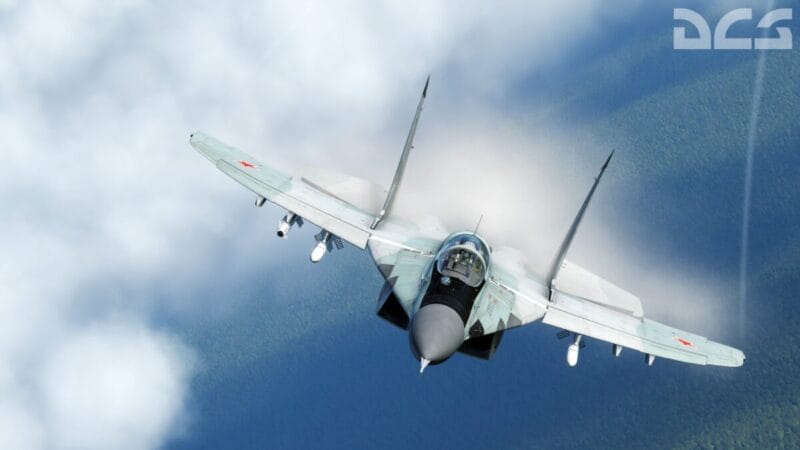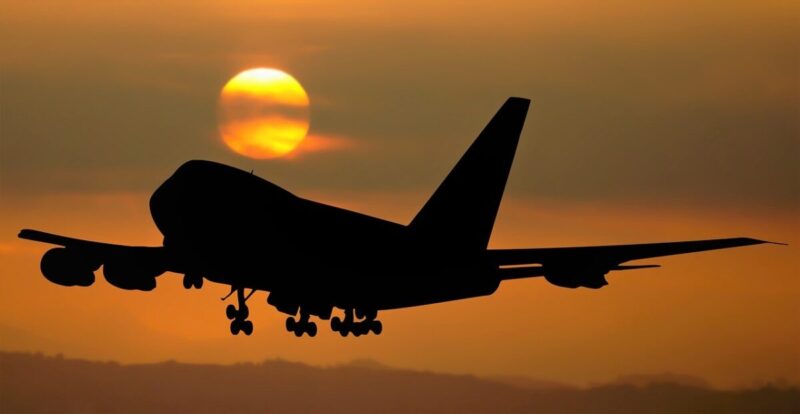Can YOU Pass the X-Plane 12 Checkride?
Fly a Full FAA Private Pilot Checkride in the X Plane 12 Sim – And Find Out!
Challenge Level: Intermediate
Recommended Aircraft: Cessna 172
Weather: Few clouds, winds light (5–10 kts), good visibility
Tools: X-Plane 12 + Optional: FlyWithLua display or Instructor friend
Maneuver-by-Maneuver Guide with Instructions
Can You Pass the CHECKRIDE – Each maneuver below follows real FAA standards. You’ll find the how-to, required parameters, and a ✅ PASS checklist.
1. Preflight Inspection & Taxi
It’s time to get started on your checkride so ensure your ready mentally and technically. Remain vigilant and do your best. Be honest and if you cannot maintain speed or heading within parameters you should practice and resit the exam once you can.
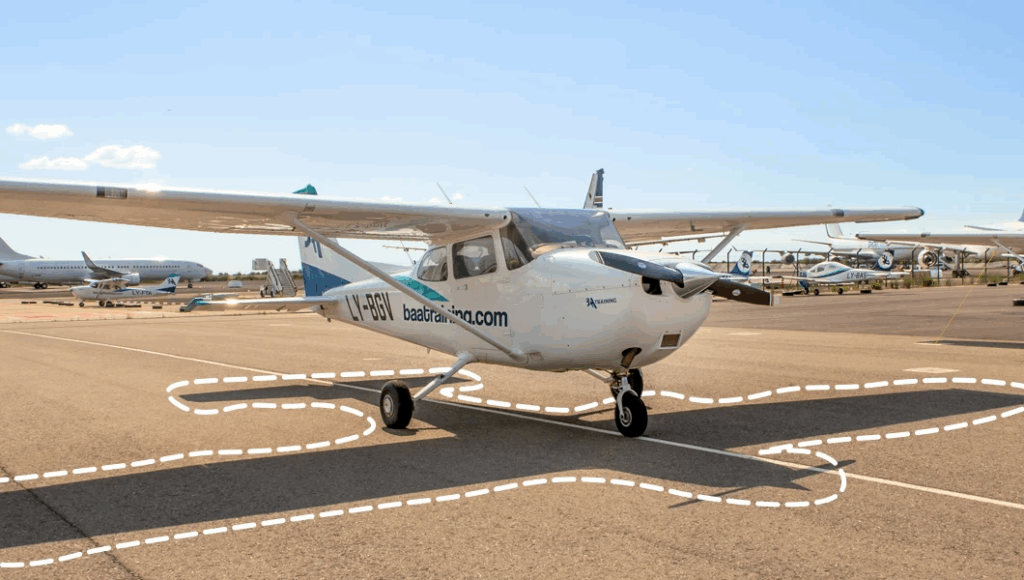
How-To:
- Use the in-cockpit checklist or a plugin like XChecklist.
- Check control surfaces, flaps, lights, trim, fuel, brakes.
- Taxi slowly (≤15 kts), use rudder/nosewheel steering, brakes as needed.
✅ PASS if:
- Completed checklist
- Taxi speed controlled
- Turns and brake check performed
- You didn’t take off at 60 knots on the taxiway
2. Normal Takeoff and Climb
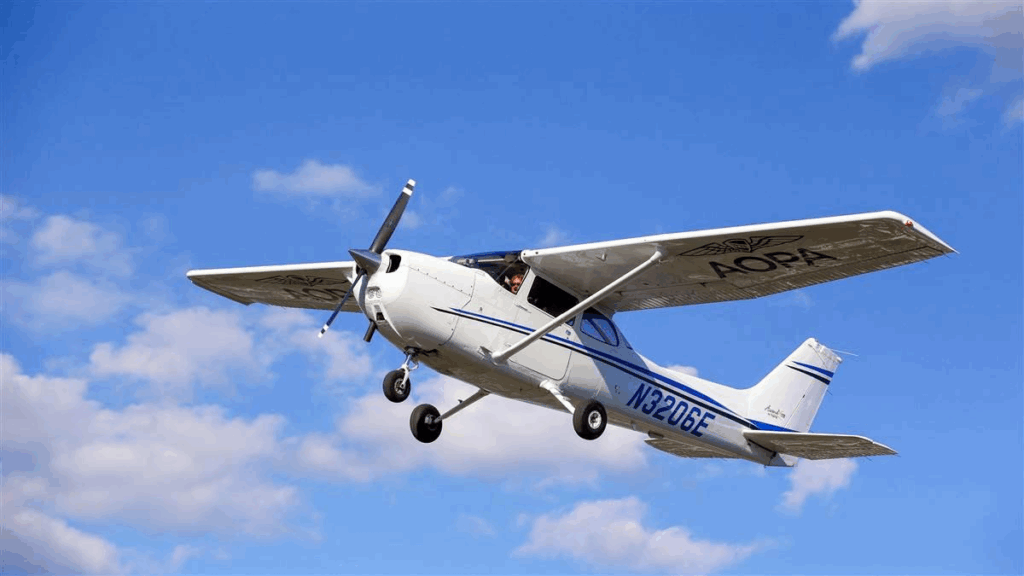
Now its time to get into the air so take a big breath, feet on the rudders and be ready to keep the aircraft on the centreline at all times for a smooth checkride. Add power once your ready to start and the clock is ticking gentlemen!
How-To:
- Line up, apply full power smoothly
- Rotate at 55 KIAS
- Climb at Vy (~74 KIAS)
- Maintain centerline and heading using right rudder
✅ PASS if:
- Smooth rotation at correct speed
- Vy climb within ±10 KIAS
- Heading within ±10°
- Good coordination (no side-slipping)
3. Straight-and-Level & Standard Rate Turns

Ok we are up and flying take a few minutes to get use to the controls before we start the next phase of your checkride.
(TIP) – Select 3000ft altitude and a heading to fly, trim and set the power so the aircraft is pretty much hands free and maintaining HDG & ALT before you start.
Be sure to clear your airspace for any other aircraft before commencing your test maneuvers. Its not just military pilots that need to clear their six!
How-To:
- Level off at cruise (~3000 ft)
- Trim for level flight
- Perform 90°, 180°, 360° turns at standard rate (15°–20° bank)
- Roll out on exact heading.
✅ PASS if:
- Altitude ±100 ft
- Heading ±10°
- Bank angle smooth and consistent
4. Steep Turns (45° Bank)
Ok, your doing well on your checkride by now so here’s some steep turns to test your use of smooth control inputs, power adjustment, aircraft trim and rudder to keep the YAW in check. Keep the BALL CENTRED!
You have Altitude – Speed – Bank Angle to maintain in this maneuver.
How-To:
- At 90 KIAS, roll into a 45° bank
- Add slight power to maintain altitude
- Maintain altitude, airspeed, and bank
- Roll out on same heading
✅ PASS if:
- Altitude ±100 ft
- Bank angle ±5°
- Heading ±10° on rollout
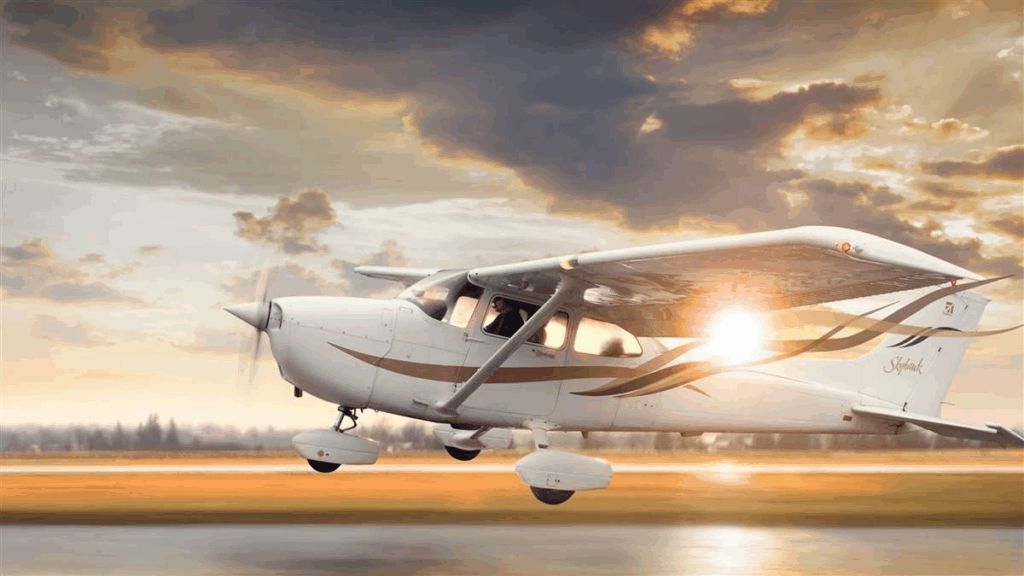
5. Slow Flight
OK, your doing well if you have got this far into the checkride. It’s not time to relax yet as slow flight is where most pilots make their FINAL mistake and die!
Yes this is probably one of the most important parts of the test because its STALL – SPINS that cause so many pilots to die unnecessarily every day around the GA world.
Maintaining the speed, attitude and altitude and coordinated flight precisely is so important to staying alive in slow flight around the pattern.
If you have not heard of ADVERSE YAW – Please read this Post – It will save your VIRTUAL PILOT LIFE and maybe your REAL ONEl one!
It nearly cost me my own life for REAL!
Additional – Adverse Yaw – What is it?
Adverse yaw is a yawing motion in the opposite direction of a turn, caused by the aerodynamic effects of the ailerons. When a pilot initiates a turn by deflecting the ailerons raising one and lowering the other the downward-deflected aileron on the rising wing increases lift but also increases drag.

This added drag on the rising wing causes the aircraft’s nose to yaw away from the intended direction of the turn. For example, when rolling right, the left wing’s aileron lowers, generating more drag and causing the nose to yaw left this is adverse yaw.
Pilots counteract this effect using coordinated rudder input in the direction of the turn. Without proper rudder use, the aircraft may skid or feel uncoordinated, especially noticeable in slower flight regimes like takeoff, climb, or during maneuvering in trainers or gliders.
Pilots die because they do not maintain speed and altitude control often when climbing and turning and with the lack of rudder input the wing stalls and then spins uncontrollably in the OPPOSITE direction to the intended turn. Its deadly!
You can induce this in X PLANE 12 to see what it’s like and how quickly it can happen!
How-To:
- Reduce power
- Extend flaps fully
- Fly just above stall speed (~50 KIAS)
- Keep nose level and wings level
- Maintain altitude with back pressure, heading with rudder
✅ PASS if:
- Altitude ±100 ft
- Airspeed ±5 KIAS
- Coordinated flight – (Centre the Ball)
- No significant stall warning horn – Minor short beeps OK.

6. Power-Off Stall (Landing Configuration)
Ok we are in the final step of your checkride and we are back simulating the circuit BUT you will still be at 3000Ft AMSL.
Noting your lessons from slow flight let’s continue to the touch down with smooth deliberate coordinated flight. This will show your ability to control the most dangerous phase being slow flight in the circuit.
You are close to the ground so you must demonstrate your ability to descend, flare and recognise the stall approaching as your flaring to touch down in this case on the virtual runway. (Safely at altitude)

If your a flight simmer and dont have rudder pedals it’s probably now you’re wishing you had them. Twisting while controlling elevator and roll is going to be an additional challenge. Check out the LetsFlyVFR shop for some great options on RUDDER PEDALS.
How-To:
- Simulate base-to-final turn
- Flaps full, reduce throttle to idle
- Gradually pitch up until stall
- Recognize stall (buffet/horn/drop)
- Recover: lower nose, full power, retract flaps in stages
✅ PASS if:
- Smooth entry
- Recovery initiated at stall
- Altitude loss <200 ft
- Heading ±10°
7. Ground Reference Maneuvers (Optional for fun)
These maneuvers can also demonstrate your ability to be precise and fly with reference to a target on the ground such as turning at a constant speed height and bank angle around a ground object like a road or a tree in a vacant field.
- Pick a object and fly a consistent circle around it without losing altitude and keeping the object at a set distance by using visual references.
- Flying down a long road to test your ability to account for a crosswind make note of your heading then make a standard 360 degree turn returning to align yourself back i=over the reference roadway. If you have wind or real weather turned on you will need to account for the wind to be successful.
How-To:
- Pick a field or road
- Fly rectangle pattern or S-turns over road
- Adjust for wind drift
- Maintain 800–1000 AGL
✅ PASS if:
- Consistent turns
- Proper wind correction
- Altitude ±100 ft
- Turns coordinated
8. Simulated Engine Failure
Your instructor in real life may often distract you by pointing something outside the aircraft to look at which is pretty sneaky but then they return your engine to idle and say NOTHING and see how you REACT to the situation.
My real world instructor would do this on occasion while we were in a cruise or even if we were turning to the left because I would be looking more left and not where I could see the throttle constantly. Sneaky but it gets your attention!
How-To:
- Pull throttle to idle – Instructor could randomly do this at anytime in the test.
- Pitch for best glide (~68 KIAS)
- Pick a landing field
- Run through memory items (fuel selector, mixture, mags, etc.)
- Simulate mayday if desired
- Plan a safe approach – At safe altitude with instructors permission smoothly add full power and climb again. Be aware of the BALL and keep coordinated flight so as not to induce ADVERSE YAW when you add full power from idle at low speed!
- It will KILL YOU MY FRIEND!
✅ PASS if:
- Best glide maintained
- Field chosen promptly
- Checklist executed
- Shows judgment and plan
Additional Note: You as pilot in command should always be taking note of possible places to land every time you fly. Looking outside in VFR flight & Instrument flight you always need an IMMEDIATE landing place if the big fan stops spinning.
The lower in altitude you are the more you need to be aware of your IMMEDIATE options to land.
In X Plane 12 or REAL WORLD flying, it’s a required task!
9. Landings (Normal, Short, Soft Field)
OK, we are nearly there and you’re probably a bit mentally tired by now! Loosen your grip on the controls a little and take a deliberate deep breath and exhale.
Relax, let’s do this like you’ve been flying for 100 years. Let’s finish this checkride with a butter smooth simulated or real landing to impress the hell out instructor/examiner.
Maybe they will return a few points for a great landing if other things were not as shiny as you’ve practiced them. Ok let’s do this!
ADDITIONAL NOTE: The reason you change your sight picture (in REAL LIFE) is you will fly hard into the point your staring at! You will hit the runway hard and bounce back into the air! Trust me You WILL! Let me tell you from real world experience!
Adjusting your sight picture to the end of the runway and referencing the cowling of the Instrument panel and them probably engine cowling as it rises without you gaining altitude just before the stall horn makes its presence know will make your landing the smoothest they can be!
How-To:
A. Normal Landing
OK, all of the above steps apply again! Fly the approach smoothly and as your getting to the point you need to flare move your sight from the intended touchdown point to the runway end/horizon. Hold it off until it wont fly anymore! Perfect! Great job!
- Flaps full, stable descent
- Aim for touchdown zone – Look at the point you wish to touch down!
- As your getting to the point where your about to flare change your view to the end of the runway/horizon.
- Flare just above runway – Maintain that horizon sight picture and keep adding back stick/yoke to maintain the aircraft just off the runway.
- Hold it off until the stall warning starts to beep/cry and you should touch down.

B. Short Field
This needs to be a little more deliberate and get the aircraft on the ground fast. Its going to be less smooth and more positive or you’ll run out of runway and that’s not a great way to end a flight.
Positive and Deliberate landing probably over trees hence its likely to be steeper on approach as well as steeper on the climb out on takeoff.
- Full flaps
- Steeper approach
- Land on a specific point – You don’t want to float this time. Put it DOWN!
- Brakes and elevator held back – You’ll want elevator so the nose wheel pressure isn’t to strong. Nose wheels don’t like a lot of pressure! They break!
C. Soft Field
Landing is a soft field means the ground is probably wet or been wet of its grass. You want to touch down slower than usual and not bang the mains into the ground. Smooth but soft touchdown so as not to rip the gear off!
Keep the nose wheel off the ground for as long as possible. It especially doesn’t like lots of pressure.
- Approach slower with some power
- Touchdown softly, nose wheel up
- Avoid sudden braking
✅ PASS if:
- Within 400 ft (normal), 200 ft (short field)
- Controlled flare
- No bouncing or side loads
- Proper technique per landing type
FAA Checkride Challenge Checklist (Downloadable)
Use this as a printable evaluation sheet or checklist during your challenge:
[X] Preflight and Taxi Complete
[X] Normal Takeoff and Climb
[X] Straight and Level Flight
[X] Standard Rate Turns
[X] Steep Turns at 45°
[X] Slow Flight (Full Flaps)
[X] Power-Off Stall and Recovery
[ ] Ground Reference Maneuvers (Optional)
[X] Simulated Engine Failure
[X] Normal Landing
[X] Short Field Landing
[X] Soft Field Landing
---
PASS TOLERANCES:
- Altitude ±100 ft
- Airspeed ±10 KIAS
- Heading ±10°
- Steep Turn Bank ±5°
- Landing Accuracy: ±400 ft (normal), ±200 ft (short)
Instructor Notes:
Overall Technique: __________________________
Checklist Discipline: ________________________
Radio Comms (if used): ______________________
Best Glide Selection: ________________________
Landing Control: ____________________________
Final Grade: ☐ PASS ☐ MARGINAL ☐ RETRY
Download Your Own CHECKRIDE Checklist Here – DOWNLOAD HERE 🙂
Now It’s Your Turn – Report Back!
Did you pass?
Did the stall get you?
Was your short field landing on point?
📩 Comment below on LETSFLYVFR.com or tag us with:
- Screenshot or video – Leave me a link or upload your results. Love to see them!
- Aircraft used – Recommend the Cessna 172 for all to standardise the results.
- Pass/fail result – Leave a COMMENT – Lets see what the percentage is!
- One maneuver that challenged you most? What was it?
🔜 Coming Soon: UK & EASA Style Checkrides, Tailwheel Challenge, Instrument Approach, Complex Multi Engine and IFR Add-ons in the works!

Checkride – Pass/Fail
I hope you fond this a challenge and enjoyable but more so a hilight to how good or bad your current flying skills are. We often just drive around the virtual skies with out much concern for altitudes and speed control.
It makes you more aware of how good your own flying skills really are with a guide to what you need to do to make them better. As real world or virtual pilots we should be aiming ti learn something new from every flight we do.
Thanks for flying and testing yourself in X Plane 12 (Try it for FREE HERE) or whatever simulator is your own choice. It’s about learning and having fun.
The Complete Beginner’s Guide to DCS World
Welcome to the world of Digital Combat Simulator (DCS World), the ultimate flight combat simulation that brings the thrill of…
Comparing Real World Aviation Procedures to Flight Sim Techniques.
Flight simulators have grown into sophisticated training tools, bridging the gap between virtual flight and real-world aviation….
Mastering Dogfighting in DCS World and Falcon BMS: Max-Perform Your
This post covers essential techniques, cues, and parameters that new combat pilots need to dominate close-range dogfights in DCS World…

Full Guide: DCS Balkans Map + All Upcoming DCS World
Full Guide: DCS Balkans Map + All Upcoming DCS World Modules. Summary: Eagle Dynamics and OnReTech have officially announced DCS: Balkans,…
DCS World T-45 Goshawk Formation Flying for Beginners Tutorial .
Military Formation Flying in DCS: Your First Flight in the T-45 Goshawk. So, you’ve got your wings (virtually speaking), strapped into…
DCS WORLD T-45 Goshawk EASY Navigation for Beginners.
DCS WORLD T-45 Goshawk EASY Navigation for Beginners is simply that. We do our planning in the DCS World Editor…
How the U.S. Navy Trains Jet Pilots: A Complete T-45
Welcome to Letsflyvfr.com guide to T-45C Goshawk Training – How the U.S. Navy Trains Jet Pilots so you can train…
DCS WORLD – The MB-339 by IndiaFoxtEcho: A Complete Overview.
The MB-339 occupies a very particular niche in DCS World: it’s not a fighter, not a frontline attack jet, but…
How to Move DCS World to Another Drive – Tutorial.
Moving DCS World off your Windows drive is a great way to free up space especially with DCS now taking…
Author
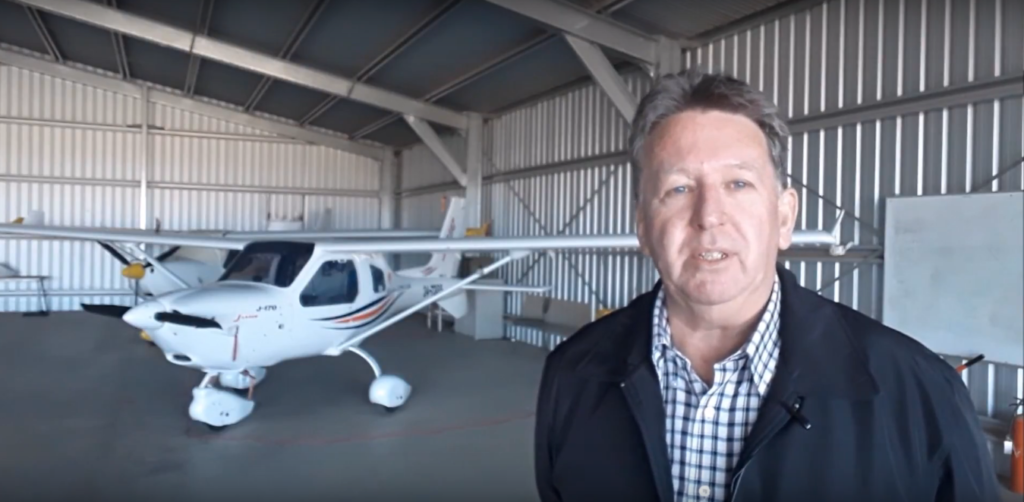
Brendon McAliece (Aka Gunnie) is a military veteran with 23 years working on Jet Fighters, their weapons systems and ejection seat/module systems as well as munitions and R&D. Involved with flight simulation since the 1980s, he has flown all the major flight simulators over the years.
He is an Australian expat who has lived in Malaysia, UK, Saudi Arabia and more recently Thailand. He is a multi-lingual blogger who loves to share his life experiences here on LetsFlyVFR.com and DreamingGuitar.com, with his lifestyle and Travel experiences Blog plus his Dreaming Coffee website.
Learn More @
DreamingGuitar.com – DreamingCoffee.com – LetsFlyVFR.com
( HOME – BLOG – SHOP – ABOUT )
This page has been viewed 0 times.
As an Amazon affiliate I may benefit from qualifying sales.
